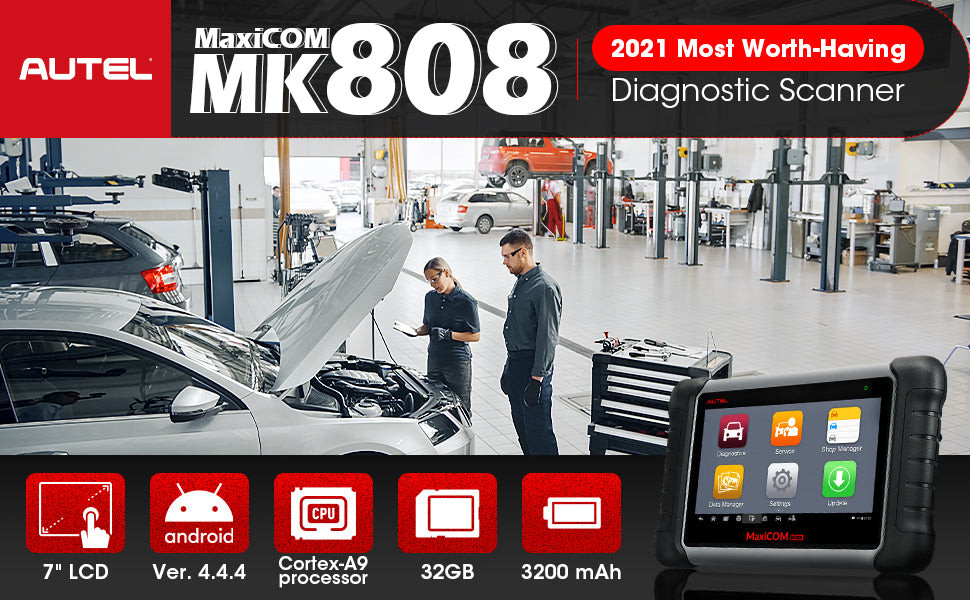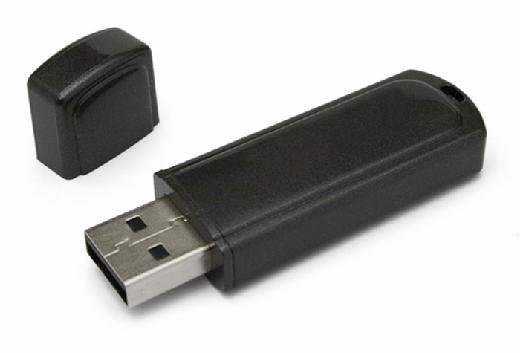What is DTS Monaco? Unveiling Softing’s Expert Diagnostic Tool
Softing DTS Monaco stands as a testament to decades of expertise in vehicle diagnostics, evolving into the flagship Diagnostic Tool Set renowned by professionals. Built upon the robust Softing Diagnostic Base System, DTS Monaco leverages extensive cross-manufacturer knowledge in off-board diagnostics across the entire vehicle lifecycle. This foundation ensures continuous integration of cutting-edge solutions, accommodating the latest E/E architectures and sophisticated security mechanisms within a stable and scalable framework.
Modularity and Flexibility: Tailoring Diagnostics to Your Needs
The name itself, MONACO – Modular Analyzer for Vehicle Communication – hints at a core strength: modularity. DTS Monaco strategically divides interfaces into fixed and adaptable components, enabling users to structure testing processes logically and efficiently. Within the DTS Monaco workspace, layouts serve as organizational tools, allowing users to categorize tasks and information effectively. Furthermore, custom-designed diagnostic control elements can be seamlessly integrated into these freely configurable interfaces, providing a truly personalized diagnostic environment. To expedite user onboarding, Softing DTS Monaco includes pre-configured examples for common applications such as OBD, WWH-OBD, and J1939-73, significantly easing the initial setup and learning curve.
Intuitive Control Elements for Comprehensive Diagnostic Functions
DTS Monaco provides a range of Monaco Controls tailored for typical diagnostic scenarios. These intuitive controls empower users, even those without deep technical expertise, to execute complex diagnostic tasks with ease. The underlying diagnostic commands and communication parameters within these controls are expertly preconfigured at the diagnostic service or job level, streamlining workflows and ensuring accuracy. Moreover, DTS Monaco seamlessly integrates with OTX (ISO 13209) diagnostic sequences, created using Softing OTX.studio, allowing for direct incorporation and execution within the diagnostic process. This powerful combination enhances automation and efficiency in advanced diagnostic procedures.






